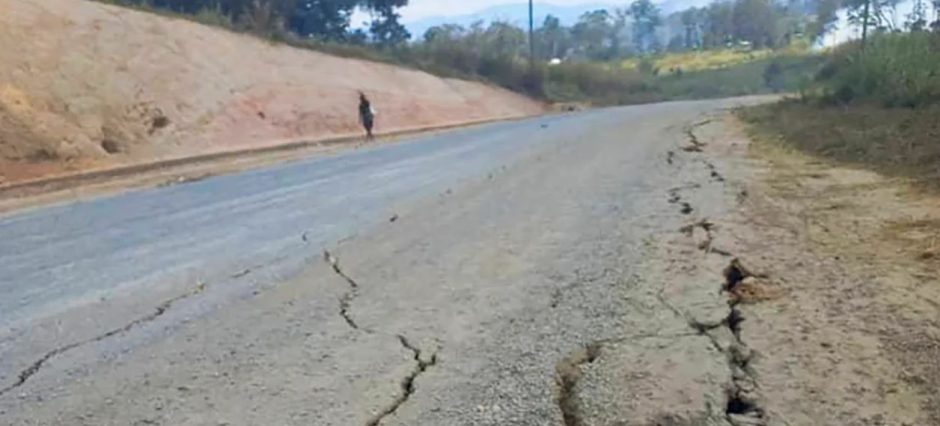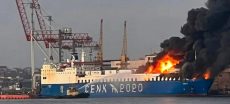A powerful earthquake measuring 6.6 on the Richter scale struck near Lae, the second-largest city in Papua New Guinea, on Tuesday, according to the U.S. Geological Survey (USGS).
The quake hit at a shallow depth of just 10 kilometers, making it strongly felt in nearby areas. City police official Mildred Ongige described the tremor as “very huge,” adding that it caused widespread concern among residents. Speaking to Reuters by phone, she said, “It was a few minutes ago so we have no further details of damage but we are concerned.”
Despite the intensity of the earthquake, there were no immediate reports of damage to buildings or infrastructure. Authorities are closely monitoring the situation to assess whether any remote communities may have been affected.
The Pacific Tsunami Warning Center confirmed that no tsunami warning was issued following the quake. This helped ease fears of a potential disaster along coastal regions, which are often vulnerable to secondary impacts after strong tremors.
Earthquakes are common in Papua New Guinea, which lies along the Pacific “Ring of Fire,” a region known for frequent seismic activity and volcanic eruptions. The country has experienced several destructive quakes in the past, some of which have caused severe casualties and infrastructure damage.
Experts suggest that the shallow depth of this quake could increase the chances of localized damage, even though early reports have not indicated significant destruction. Authorities have urged residents to remain cautious and follow safety guidelines in case of aftershocks.
Communities in Lae and surrounding areas are particularly vulnerable due to limited infrastructure and preparedness measures. Humanitarian agencies often stress the importance of building resilience in regions prone to natural disasters, as recovery can take months or even years after a major quake.
The government and local disaster management teams are expected to carry out rapid assessments to confirm whether any villages or remote settlements sustained damage. For now, residents are advised to remain alert as aftershocks may occur in the coming hours and days.
This latest quake comes at a time when global attention remains fixed on humanitarian crises in other parts of the world. For instance, a recent report revealed that the U.S. spent $21 billion supporting Israel’s war in Gaza, underscoring how fragile regions often face compounding pressures from both natural and man-made disasters.
While Papua New Guinea has avoided the worst outcomes this time, the event serves as a reminder of the country’s exposure to seismic risks and the urgent need for stronger disaster preparedness.











